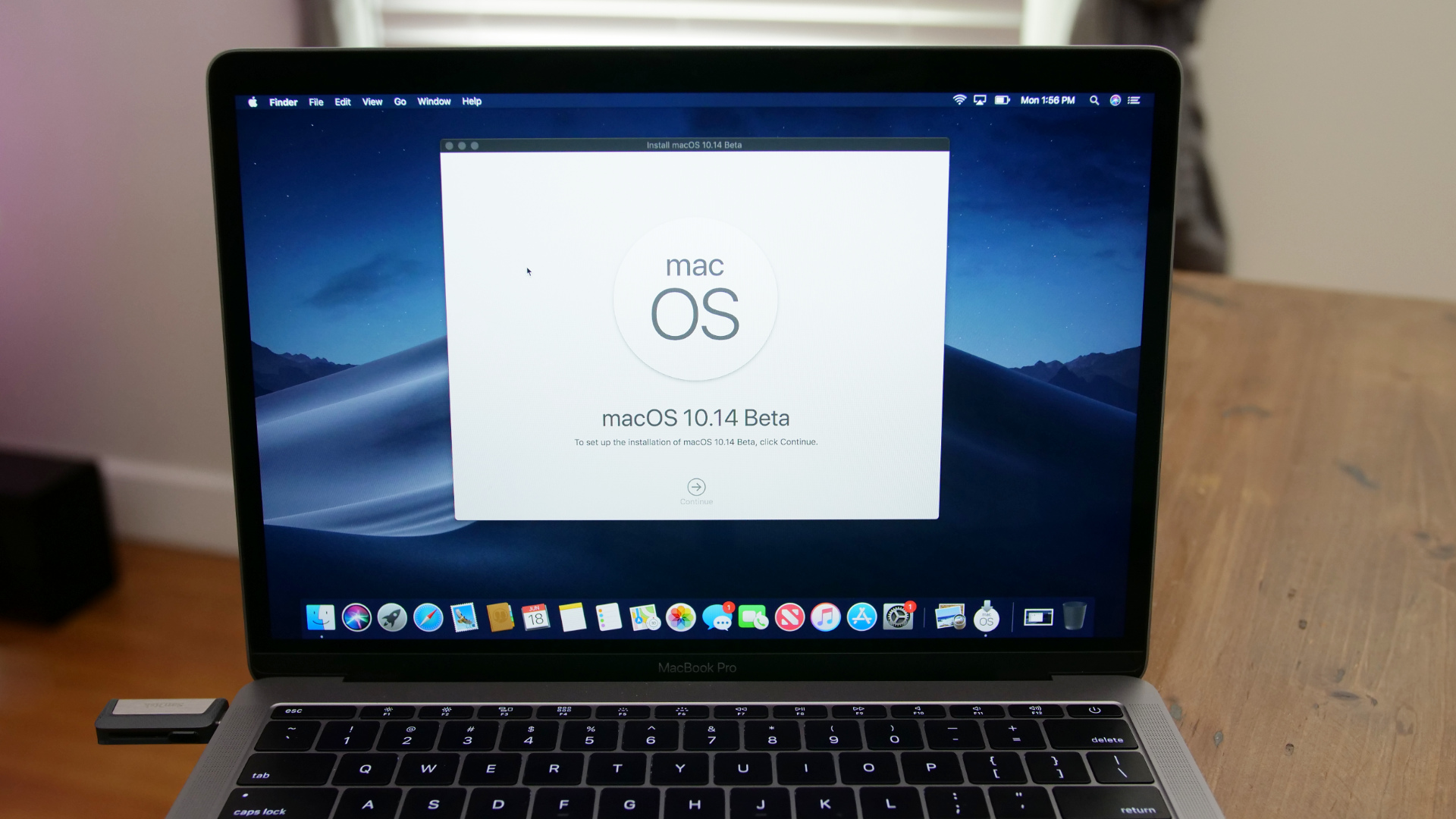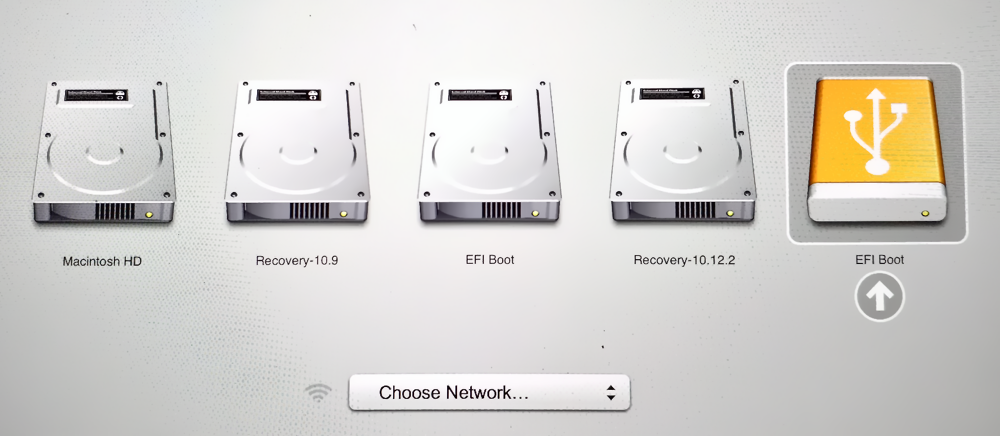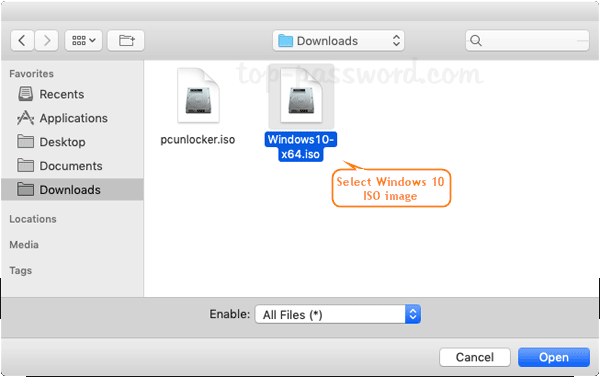

Encryption is up to you, although external disks don’t benefit from the hardware encryption provided to internal SSDs by T2 or M1 chips.Īvoid naming the volume Macintosh HD, which would normally coincide with your internal storage. If you prefer, and are sure that everything will cope, you can use APFS Case-Sensitive if you prefer. Normally, you should choose to format it in APFS but not Case-Sensitive, for greatest compatibility with software.
#CREAT USB BOOT FOR MAC INSTALL#
You don’t and can’t do that on an M1 Mac: this only applies to Intel Macs with T2 chips.Īlthough you can do this immediately before you install macOS onto it, it’s usually better if you connect the external disk now, open Disk Utility, and format it ready for the installation.
#CREAT USB BOOT FOR MAC MAC#
To do that, restart in Recovery mode (Command-R), open Startup Security Utility and enable your Mac to boot from external media. If you’re using an Intel Mac with a T2 chip, you first need to check that your Mac is configured so that it can boot from an external disk, unless of course you already know that because that’s what it’s doing now.

You can now quit Terminal and eject the volume.As Apple doesn’t yet appear to provide complete instructions for the creation of a bootable external disk in recent versions of macOS, and the information which it does provide is at best misleading in places, this article attempts to remedy this for both Intel and M1 Macs.

#CREAT USB BOOT FOR MAC PASSWORD#

Sudo /Applications/Install\ macOS\ Mojave.app/Contents/Resources/createinstallmedia -volume /Volumes/ MyVolume Sudo /Applications/Install\ macOS\ Catalina.app/Contents/Resources/createinstallmedia -volume /Volumes/ MyVolume Sudo /Applications/Install\ macOS\ Big\ Sur.app/Contents/Resources/createinstallmedia -volume /Volumes/ MyVolume If it has a different name, replace MyVolume in these commands with the name of your volume. These assume that the installer is in your Applications folder and MyVolume is the name of the USB flash drive or other volume you're using.


 0 kommentar(er)
0 kommentar(er)
